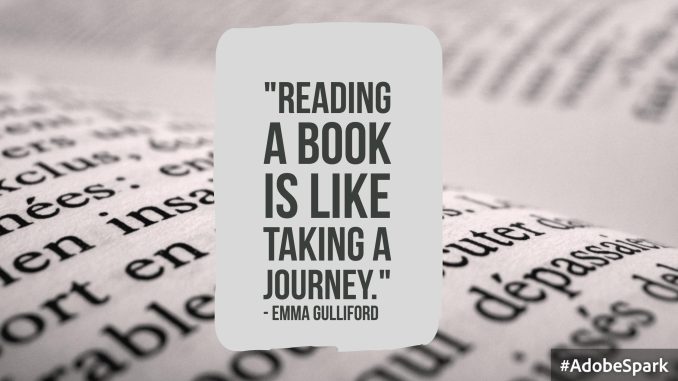
In an age brimming with digital distractions and instantaneous information, the quiet, contemplative act of reading can often feel like a relic. Yet, for individuals and organizations alike, fostering a robust reading culture is not merely a quaint aspiration; it is a strategic imperative. The ability to absorb complex information, synthesize diverse perspectives, and cultivate deep understanding through reading remains an unparalleled advantage in a rapidly evolving world. The question, then, is not whether we should encourage more reading, but rather, how do we effectively re-ignite this vital practice in ourselves, our teams, and our wider communities?
One of the most fundamental steps in cultivating a stronger reading habit is to redefine what “reading” truly means in the modern context. For many, the word conjures images of weighty tomes and academic journals, intimidating prospects in an already crowded schedule. We must broaden this perspective to embrace the vast spectrum of written content available, from insightful long-form articles and industry reports to compelling memoirs and even well-crafted fiction. The key is to emphasize the value derived from the act, regardless of the format. For instance, a leader seeking to understand emerging market trends might find immense value in a detailed analysis published online, just as a team member grappling with a personal development challenge could gain profound insights from a biographical account of resilience. The crucial element is to move beyond the notion of reading as a chore and instead position it as an accessible pathway to knowledge, empathy, and growth.
Furthermore, creating an environment that naturally nudges individuals towards reading is far more effective than simply dictating a reading list. This involves a subtle yet persistent integration of reading into daily routines and organizational culture. Consider, for example, the power of visibility. When leaders openly discuss books they are reading, reference ideas gleaned from articles, or share insightful passages during meetings, it sends a clear signal that reading is not just encouraged, but actively valued. This personal example can be incredibly potent, demonstrating that even the busiest individuals prioritize intellectual engagement. Beyond individual examples, organizations can establish “reading nooks” or quiet spaces designed for contemplation, making it physically easier for employees to step away from their screens and immerse themselves in a text. These aren’t just decorative additions; they are tangible manifestations of a commitment to intellectual growth.
Another powerful approach lies in making reading a shared experience. While reading is often perceived as a solitary activity, its impact can be amplified significantly when it becomes a catalyst for discussion and collaboration. Establishing informal book clubs within departments or cross-functional teams, for instance, transforms reading from a private endeavor into a communal learning journey. These aren’t necessarily formal, structured gatherings with strict agendas; they can be as simple as an open invitation to discuss a recently read article over coffee. The act of articulating one’s understanding, debating differing interpretations, and connecting ideas to real-world challenges solidifies comprehension and fosters a deeper engagement with the material. Moreover, these shared reading experiences can break down departmental silos, promoting cross-pollination of ideas and a more holistic understanding of the organization’s broader objectives.
The challenge of time scarcity is a pervasive one, and addressing it directly is crucial for encouraging more reading. Instead of viewing reading as an extra burden, we must help individuals integrate it into existing pockets of time. This might involve advocating for the benefits of audiobooks during commutes, suggesting short bursts of reading during breaks, or even scheduling dedicated “reading time” into a workday, much like one might schedule a meeting. The emphasis here is on small, consistent efforts rather than daunting, infrequent marathon sessions. A habit is built through repetition, and even fifteen minutes of focused reading a day can accumulate into a significant body of knowledge over time. Furthermore, promoting the concept of “reading for purpose” can be highly motivating. When individuals understand how a particular book or article directly relates to their professional development, a current project, or a personal goal, the perceived value of the reading dramatically increases, making it a priority rather than an afterthought.
Finally, and perhaps most importantly, encouraging more reading necessitates a fundamental shift in mindset – from viewing reading as a passive consumption of information to recognizing it as an active form of continuous learning and intellectual exercise. Just as physical exercise strengthens the body, regular reading invigorates the mind, expanding our perspectives, enhancing our critical thinking abilities, and fueling our creativity. By framing reading not as an obligation but as an opportunity for personal and professional enrichment, we can unlock its transformative power. It is about fostering a culture where intellectual curiosity is celebrated, where asking insightful questions stemming from diverse readings is encouraged, and where the pursuit of knowledge through the written word is recognized as a cornerstone of sustained success in a dynamic and complex world. The investment in cultivating this reading habit is not merely an investment in books; it is an investment in human capital, in innovation, and in the enduring capacity to adapt and thrive.